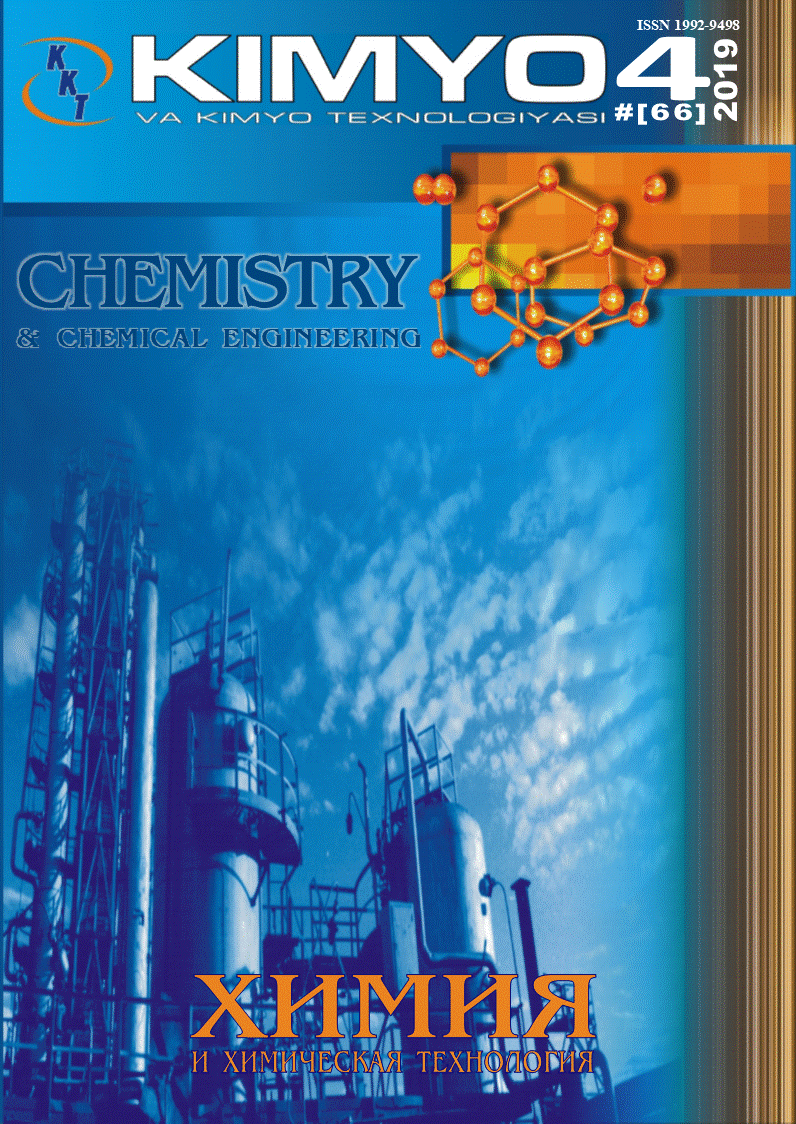
Abstract
At the textile and sewing and knitting enterprises of the Republic of Uzbekistan, the number of which increases every year, a sufficient amount of technological waste is accumulated, which formed in the processes of sizing yarn, starting and setting up equipment, designing and sewing products. Meanwhile, there is a shortage of warm, comfortable, light, soft lining materials for clothes and shoes based on natural raw materials. With the purpose of rational use of textile waste - shredded, disheveled scraps of fabric and knitwear, a multilayer nonwoven material for details of clothing and footwear has been obtained. The material formed by adhesive bonding on one or both sides of the knitted fabric of the main, voluminous nonwoven layer, consisting of shredded textile waste. The bonding of the layers takes place as a result of their passing between heated rolls. The microstructure of the material studied by Fourier-IR spectroscopy and scanning electron microscopy. The main physical and chemical properties of the obtained nonwoven materials were determined.
Recommended Citation
ALIMKHANOVA, Sevara; MIRZAEV, Nodir; and RAFIKOV, Adham
(2022)
"МULTI-LAYER FIBROUS MATERIAL BASED ON TEXTILE WASTE,"
CHEMISTRY AND CHEMICAL ENGINEERING: Vol. 2021:
No.
4, Article 6.
DOI: https://doi.org/10.51348/cce202146
Available at:
https://cce.researchcommons.org/journal/vol2021/iss4/6
С_Алимханова_химия_и_хим_техн_журнал.docx (2543 kB)
